The Flapper Revolution: How Young Women Redefined The Roaring Twenties
The 1920s was a time of profound transformation. Young women with bobbed hair, bold makeup, and knee-length skirts danced to the energetic beats of jazz, their every move a declaration of freedom.
These women, known as flappers, represented a cultural revolution that swept across the Western world after World War I.
The flapper was not just a trend but a symbol of independence, challenging societal norms and redefining what it meant to be a woman in the modern age.
The birth of the flapper
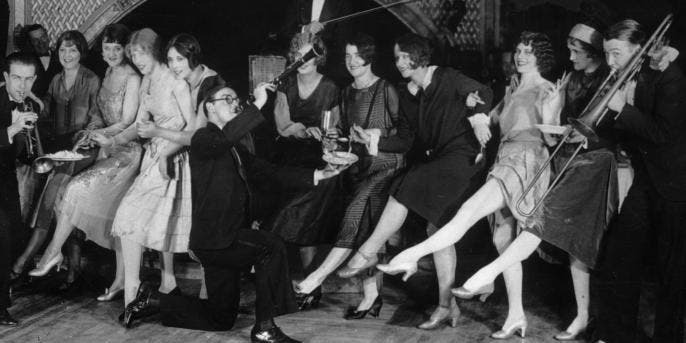
The origins of the word “flapper” are somewhat mysterious, but by the 1920s, it had become synonymous with a new breed of young women.
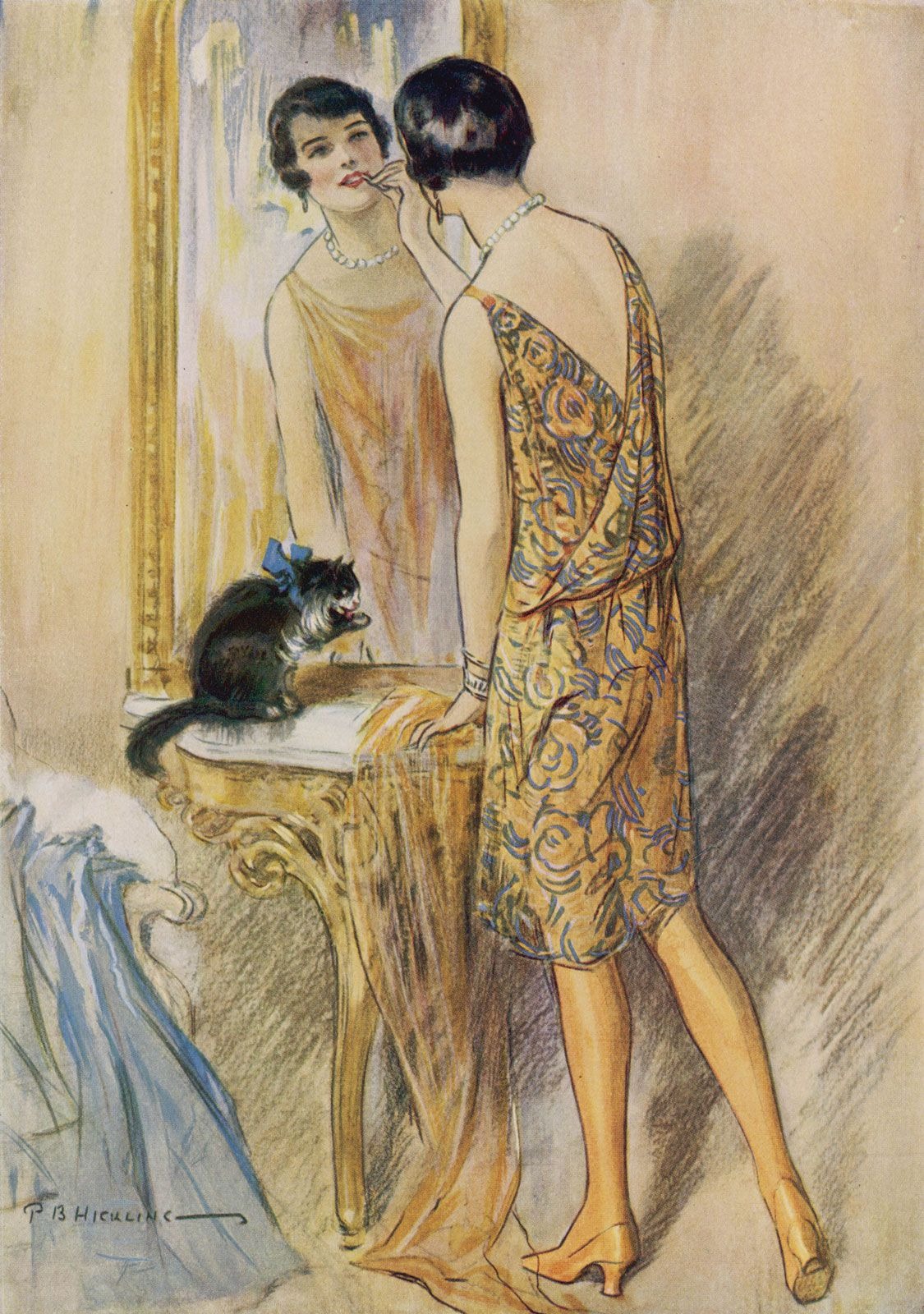
These women, often in their late teens and early twenties, rejected the restrictive fashions and behaviors of the past. Instead of long, flowing dresses and demure hairstyles, flappers embraced short skirts, bobbed hair, and a carefree attitude.

They were the vanguard of a new era where women sought to assert their independence and explore new freedoms in a rapidly changing world.

As a journalist from the British magazine Punch described in 1927: “Flapper is the popular press catch-word for an adult woman worker, aged twenty-one to thirty, when it is a question of giving her the vote under the same conditions as men of the same age.”
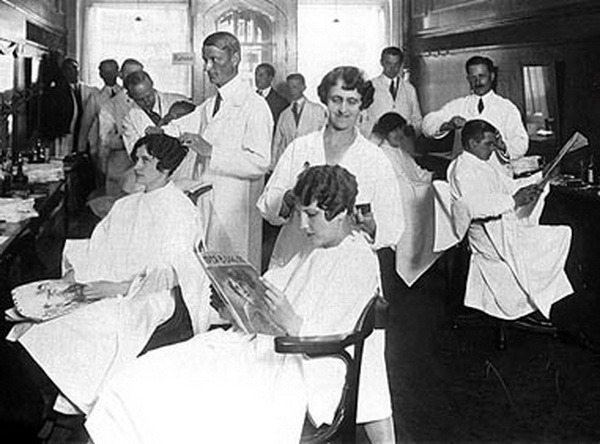
Flappers were often seen as rebellious and daring. They smoked cigarettes in public, drank alcohol during Prohibition, and frequented jazz clubs where they danced the Charleston with abandon.
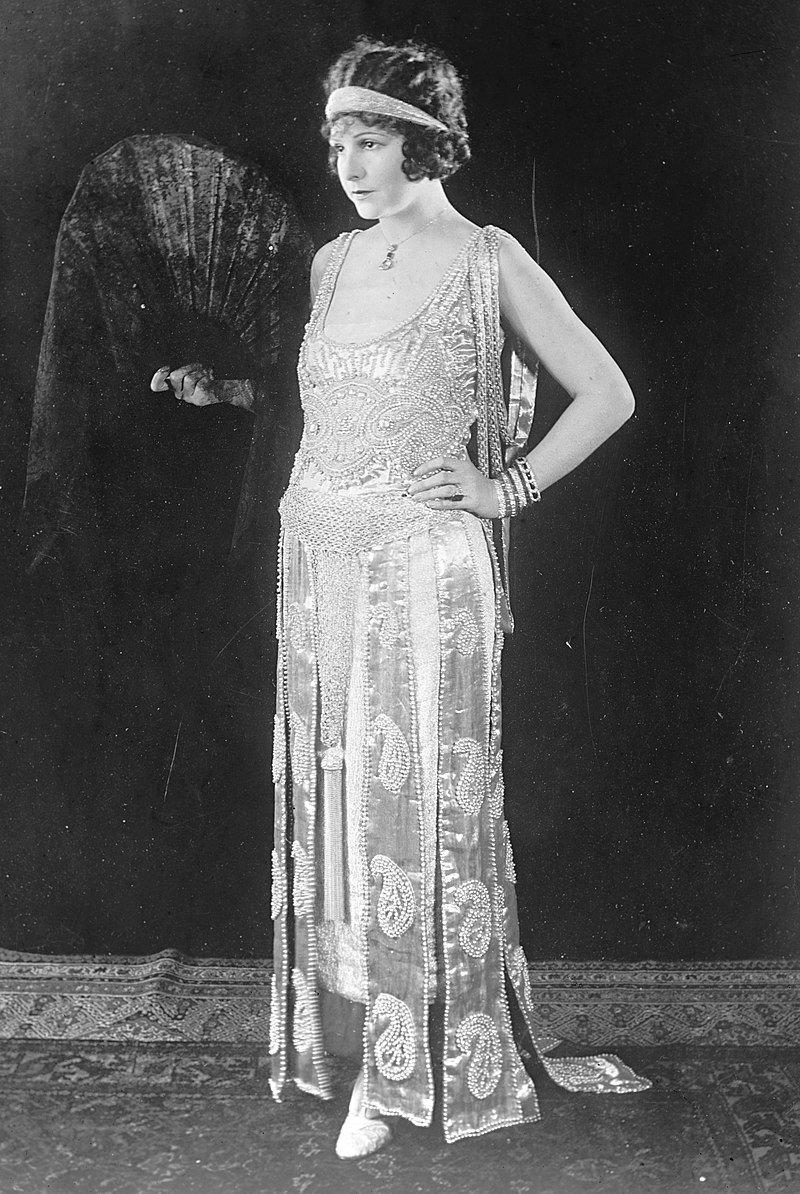
Their fashion choices—knee-length skirts, sheer stockings, and loose, sleeveless dresses—were considered scandalous by the older generation. But for the flappers, these were symbols of their newfound freedom.
The flapper lifestyle
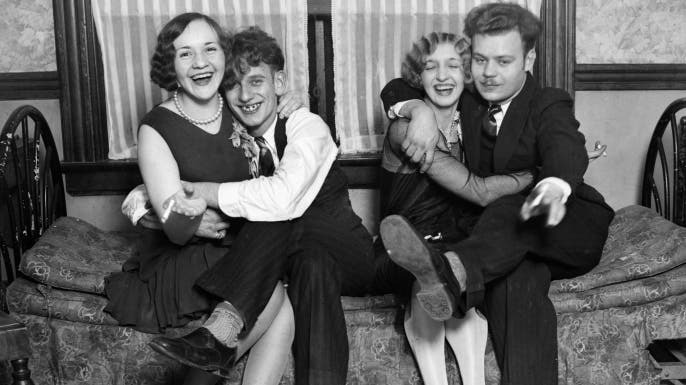
Flappers weren’t just about fashion; they represented a shift in societal values. The Roaring Twenties was a time of rapid urbanization, economic growth, and technological innovation.
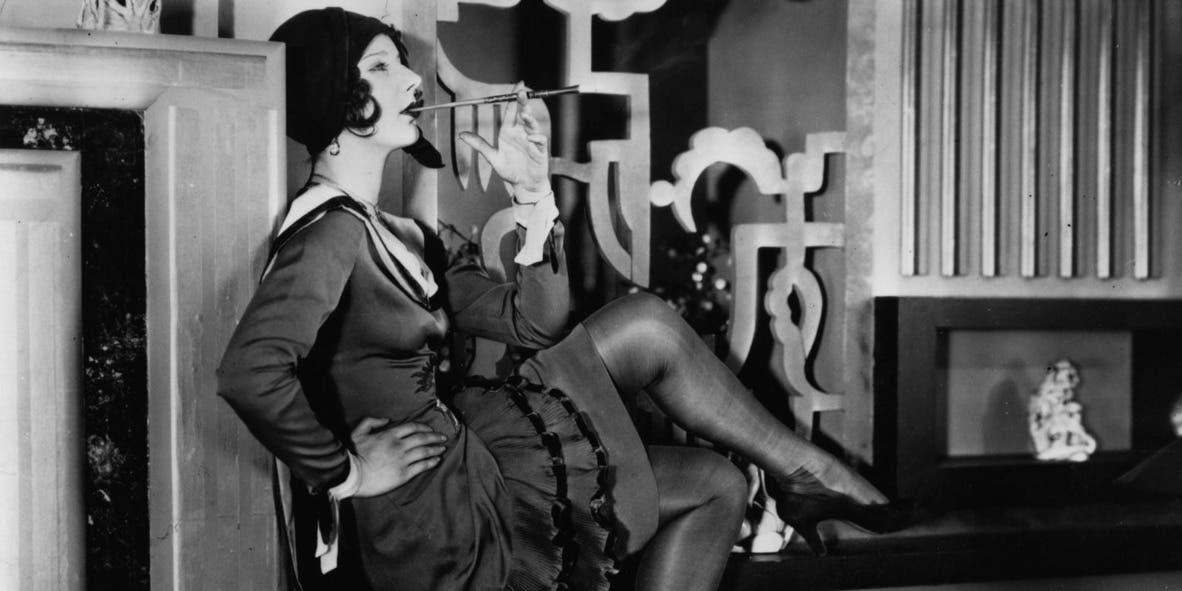
More women than ever were entering the workforce, and for the first time, more Americans lived in cities than in rural areas. Flappers were at the forefront of this change, embracing the opportunities that came with it.
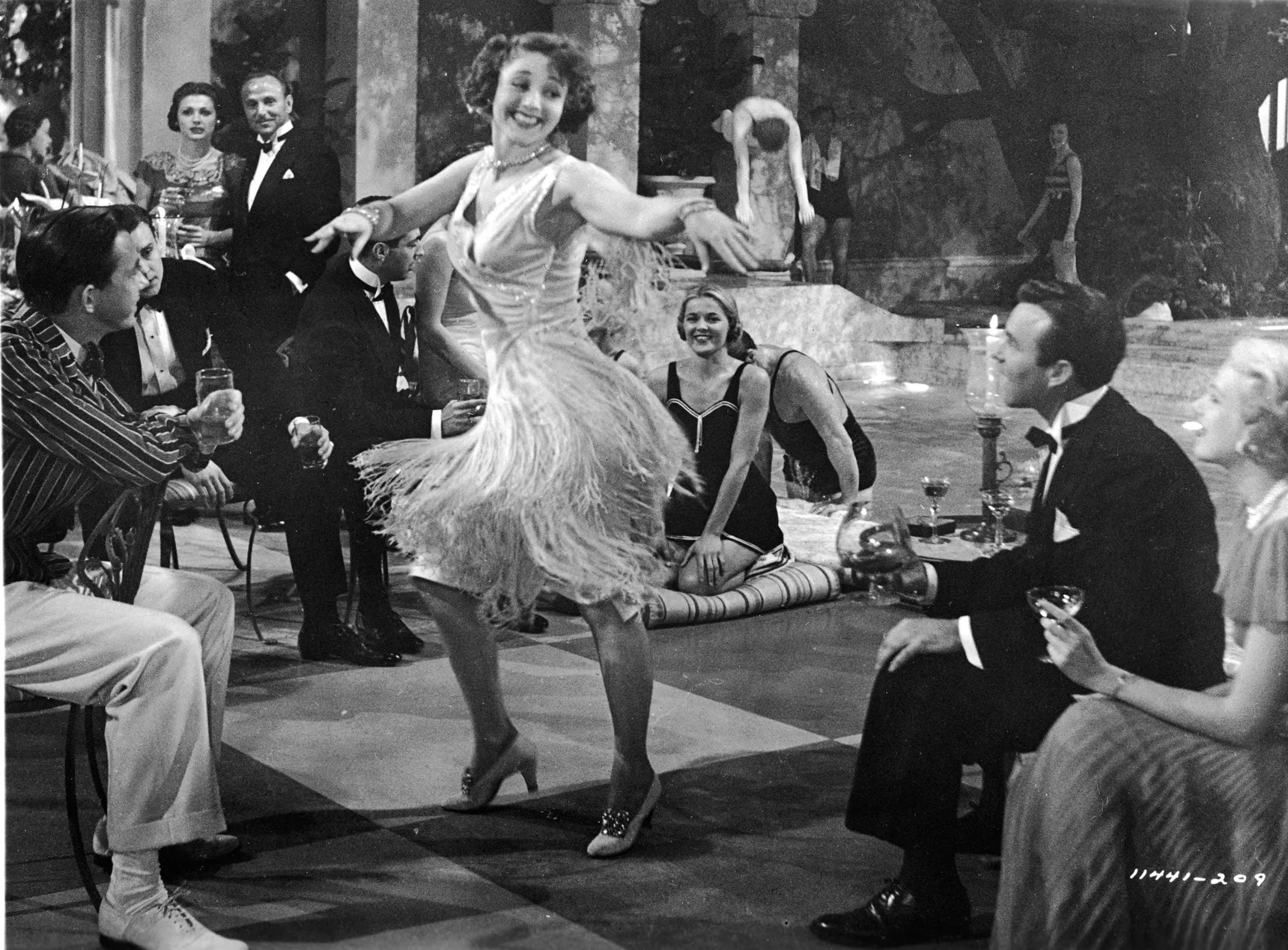
They also challenged traditional gender roles. While many women still worked in “feminized” professions like clerical work and domestic service, the flapper was determined to break free from these constraints.
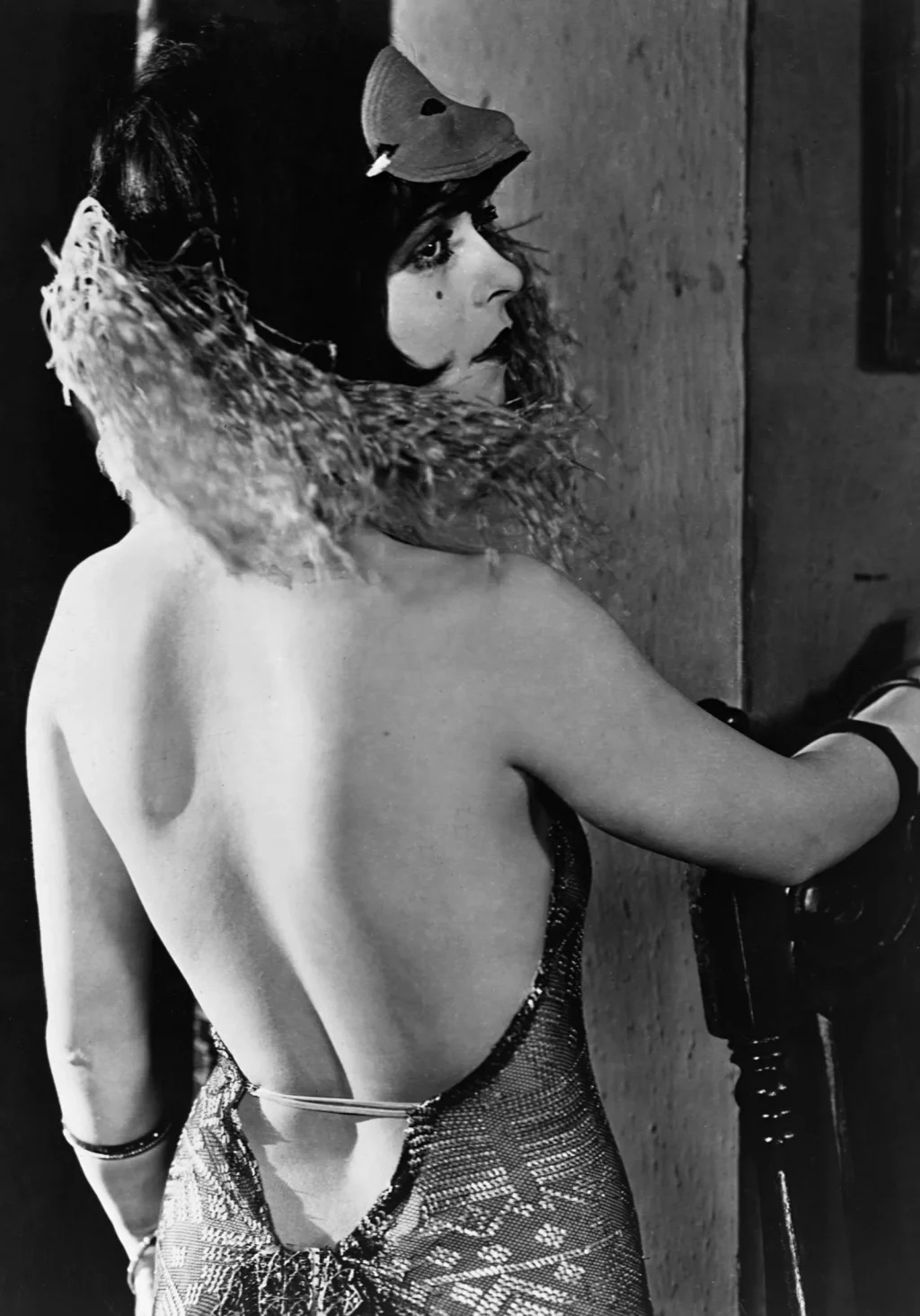
They were independent, often single, and not afraid to assert their right to live life on their own terms. This included a more open attitude toward sexuality, as flappers openly dated and even “petted” men, something that was unheard of in previous generations.
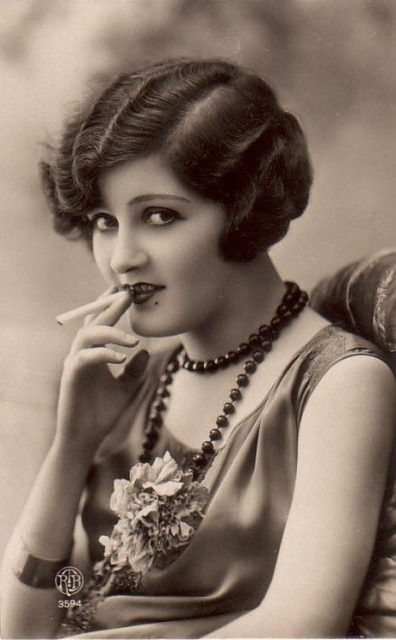
One of the most famous flappers of all was Zelda Fitzgerald, wife of the celebrated author F. Scott Fitzgerald. Zelda was the quintessential flapper, embodying the spirit of the Roaring Twenties with her vibrant personality and unconventional lifestyle.
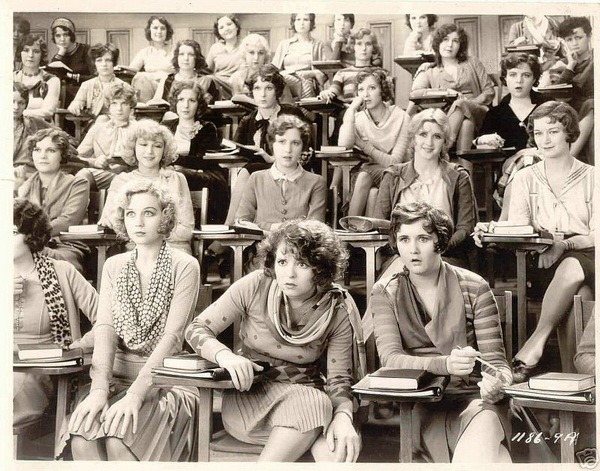
Known for her wild parties and fearless attitude, Zelda became the muse for many of her husband’s works, including The Great Gatsby.
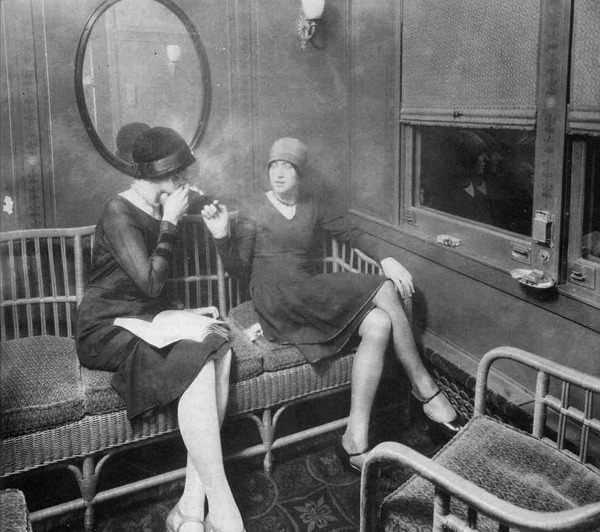
However, the pressures of fame and her tumultuous marriage eventually took a toll on her mental health, leading to her tragic decline.
Fashioning a new identity
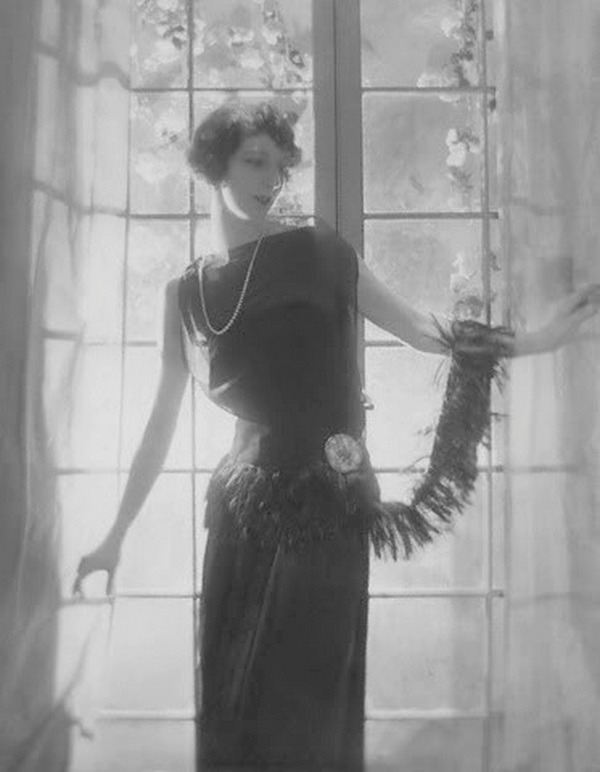
The flapper’s fashion was not just about style; it was a statement. The straight, loose dresses they wore, often adorned with sequins and beads, allowed for greater freedom of movement—perfect for dancing the night away.
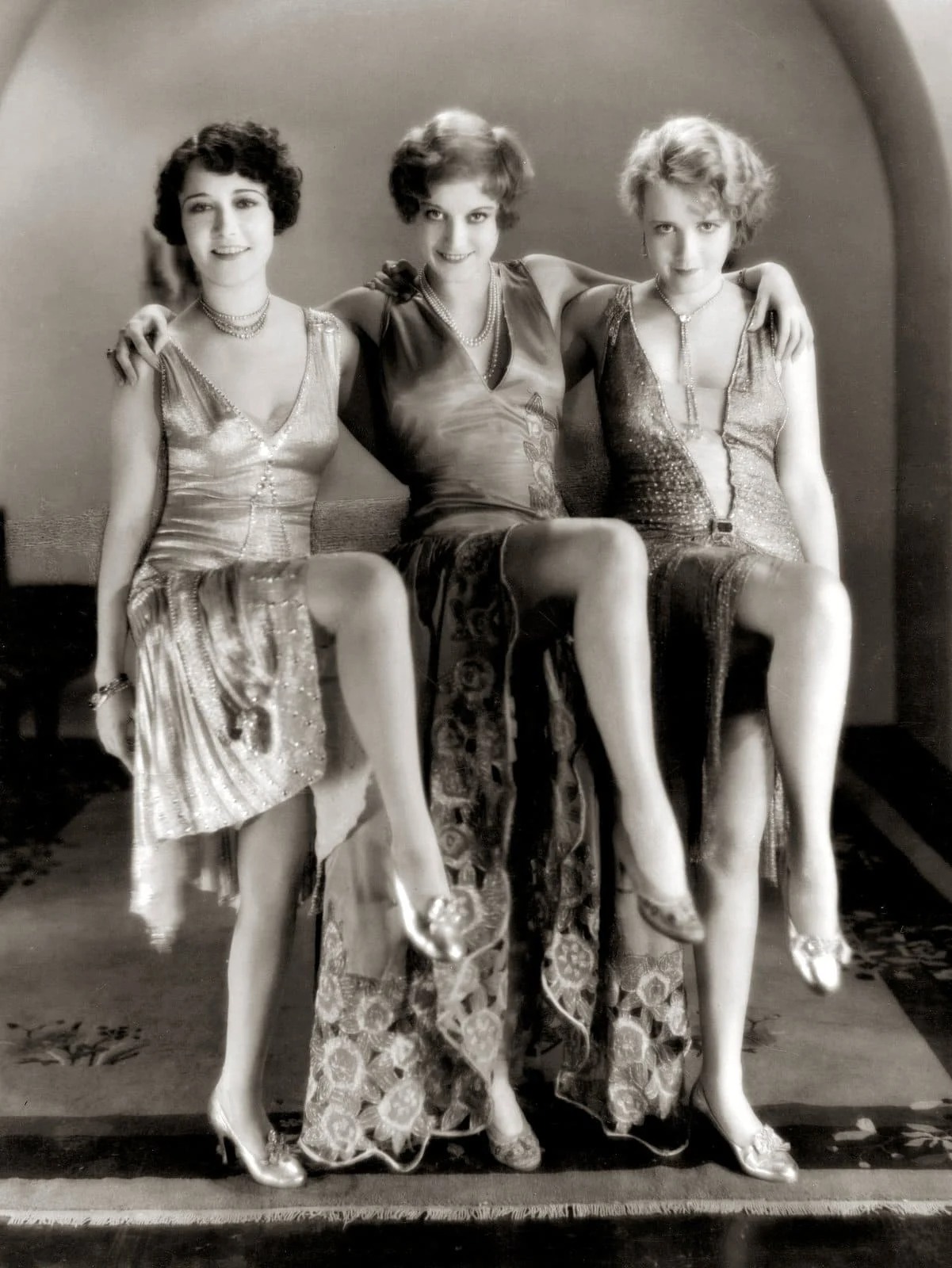
French designer Coco Chanel was instrumental in popularizing this new look with her “garçonne” style that emphasized a slim, boyish figure.
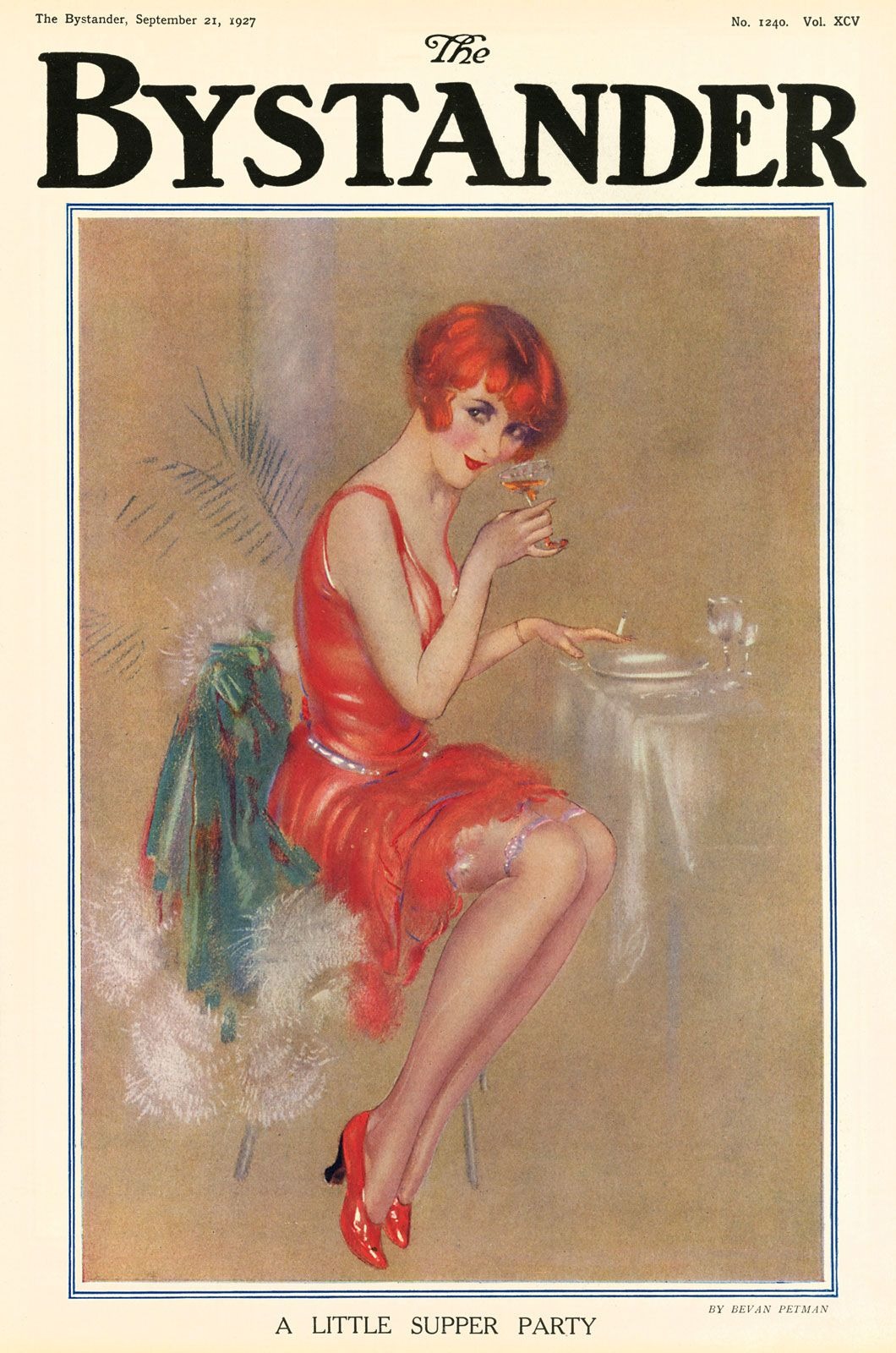
The simplicity of flapper dresses also made them easy to replicate at home, with magazines offering patterns that women could use to create their own versions.
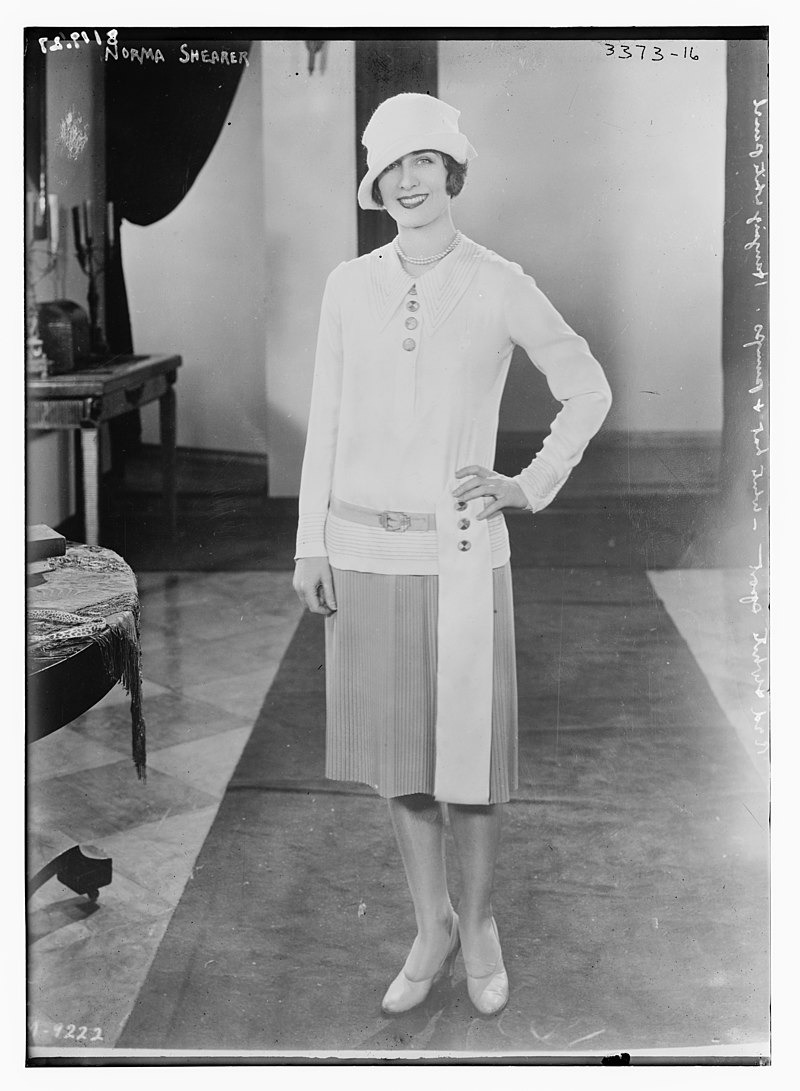
Accessories played a key role in the flapper’s look. Bold makeup, with dark, kohl-rimmed eyes and bright red lipstick, became a signature of the flapper.
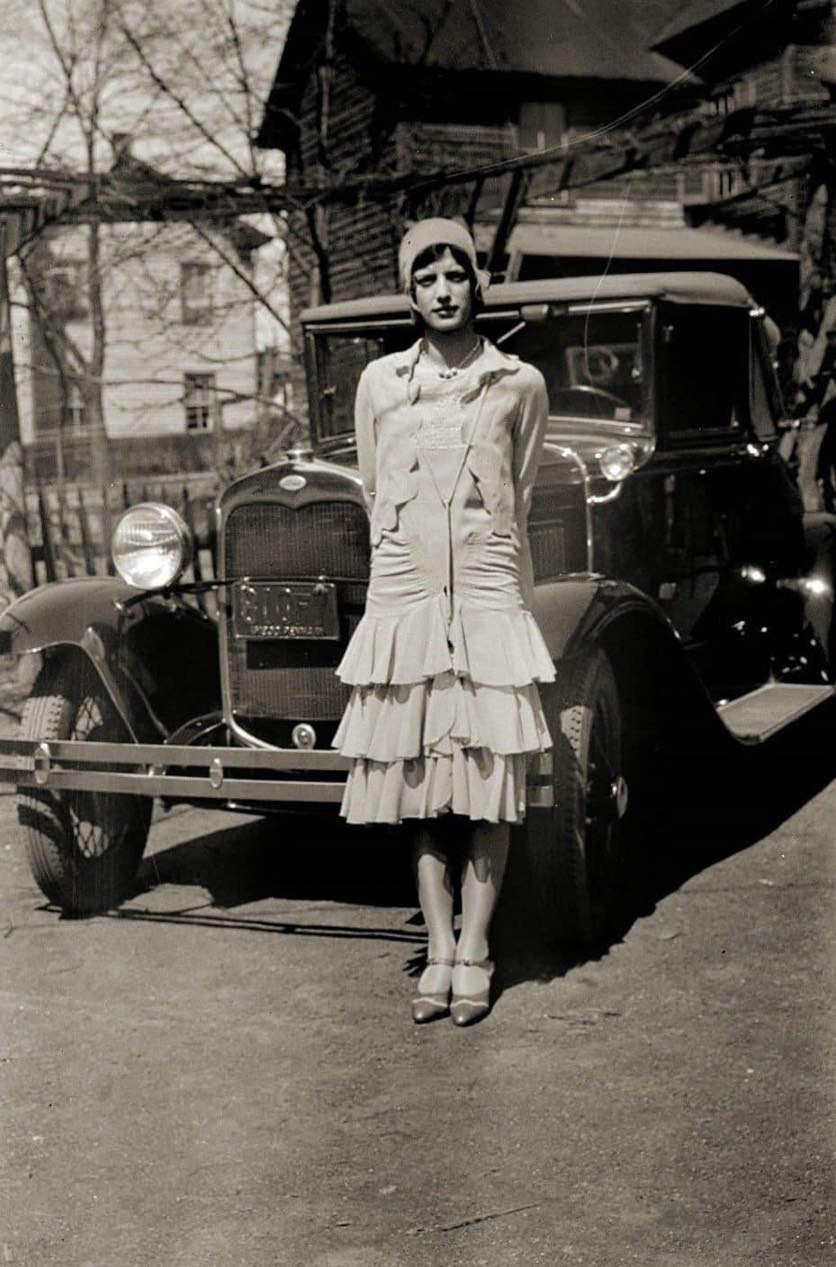
They often wore cloche hats during the day and adorned their short hair with headbands and feathers for evening outings. These elements combined to create a modern and rebellious image, a stark contrast to the more conservative styles of the past.
The flapper legacy
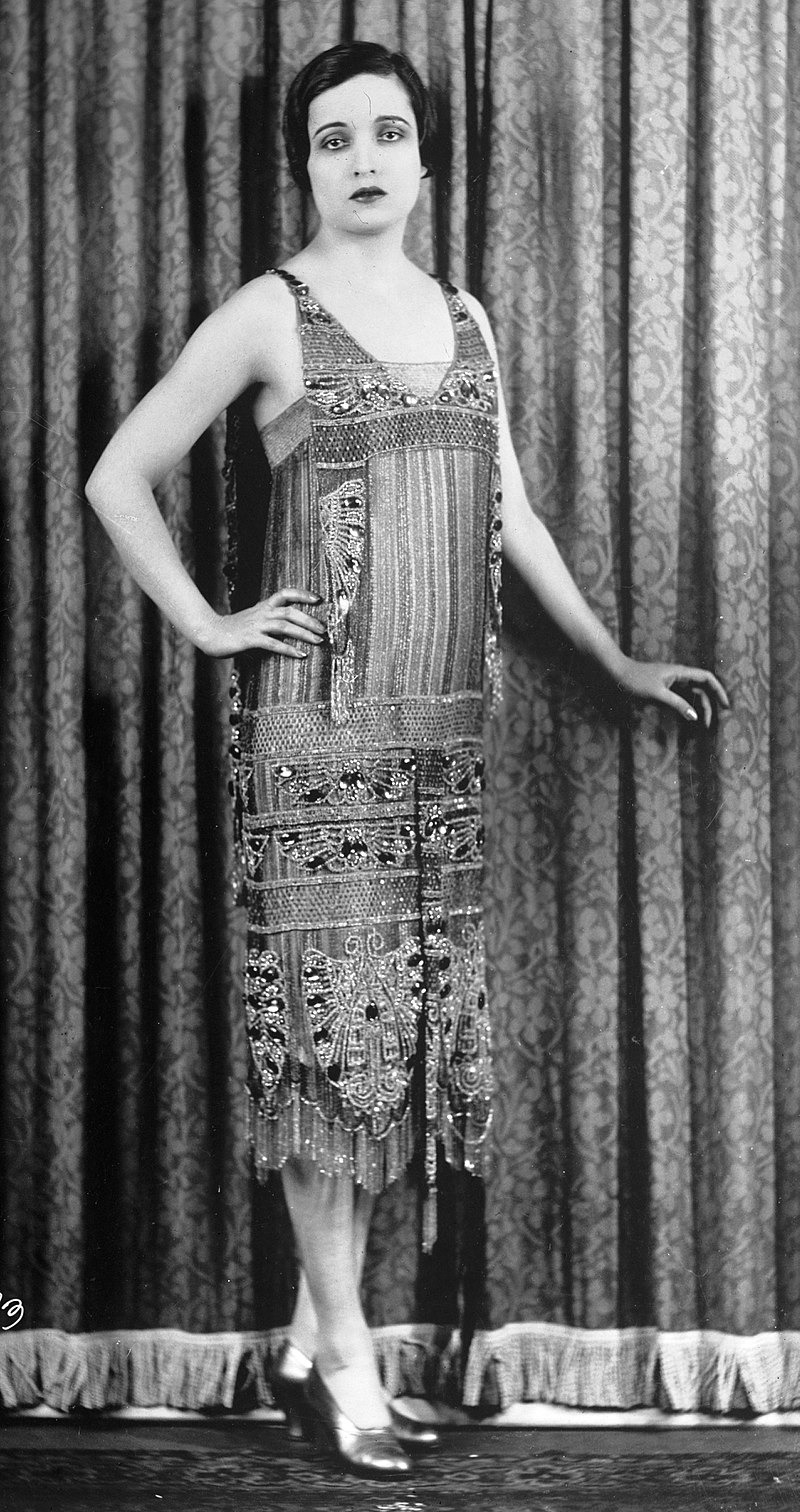
Despite their carefree image, flappers faced criticism from more conservative members of society. They were accused of being reckless, unintelligent, and even immoral.
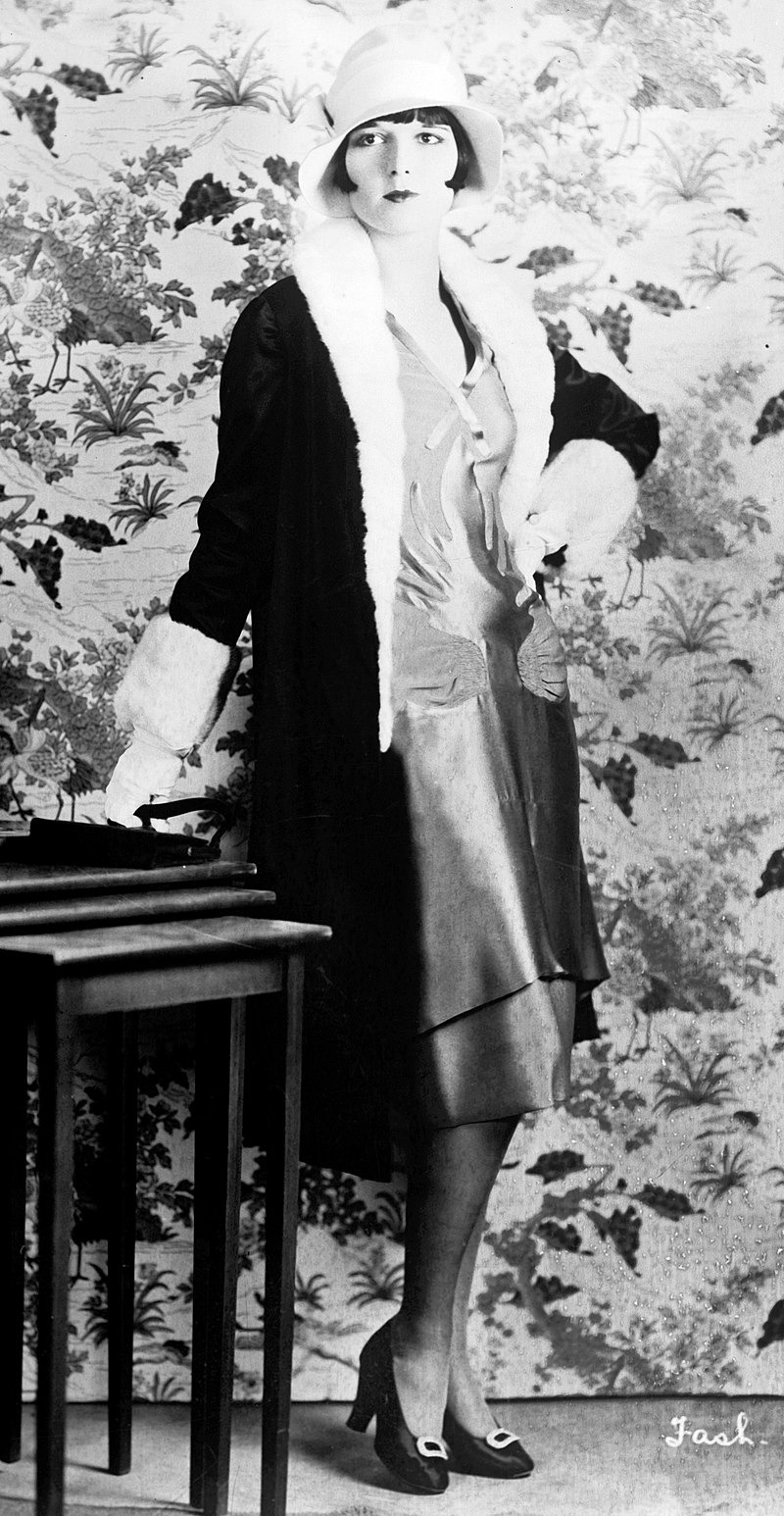
A Harvard psychologist went as far as to claim that flappers had “the lowest degree of intelligence” and constituted “a hopeless problem for educators.”
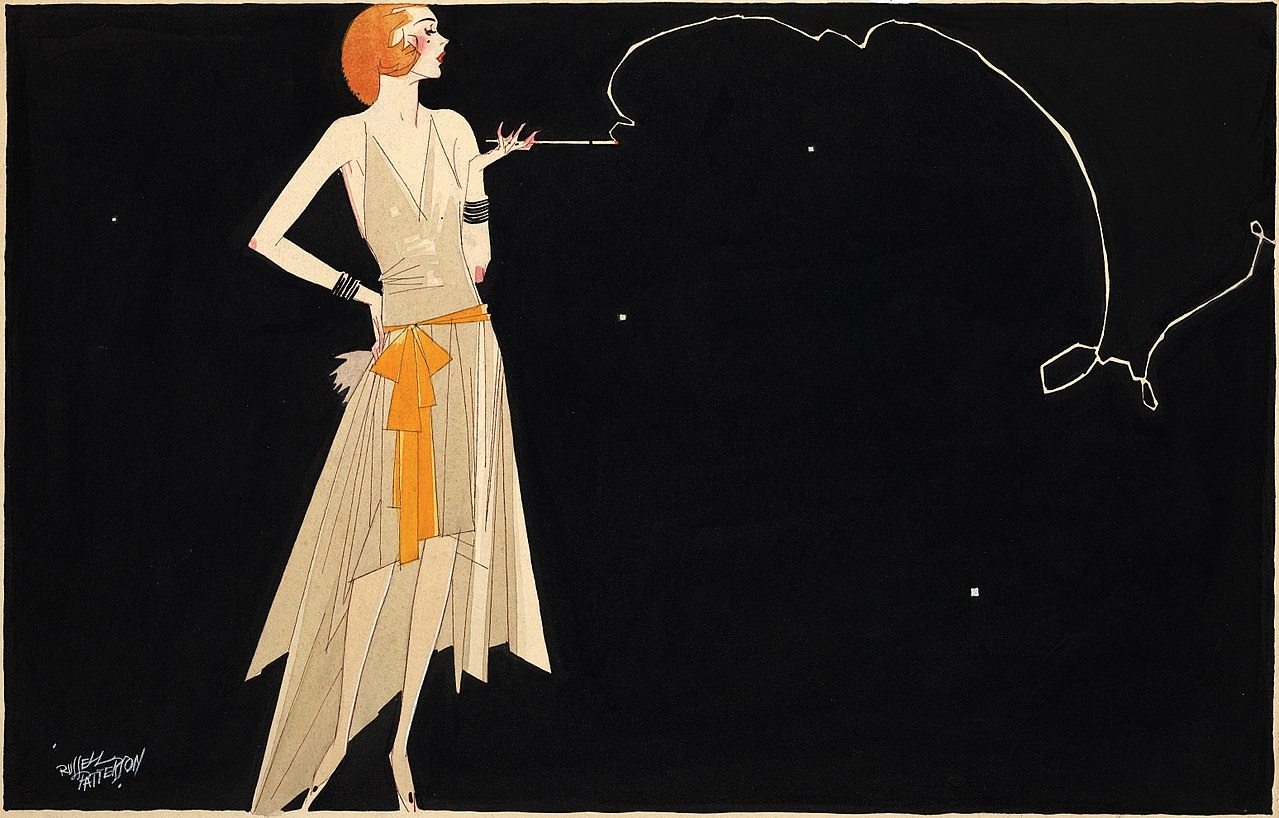
However, the flapper was undeterred. She represented a new kind of woman—one who was unafraid to challenge societal norms and live life on her own terms.

The Great Depression of the 1930s eventually brought an end to the flapper era, as economic hardships forced many women to return to more traditional roles. But the impact of the flapper revolution could not be undone.
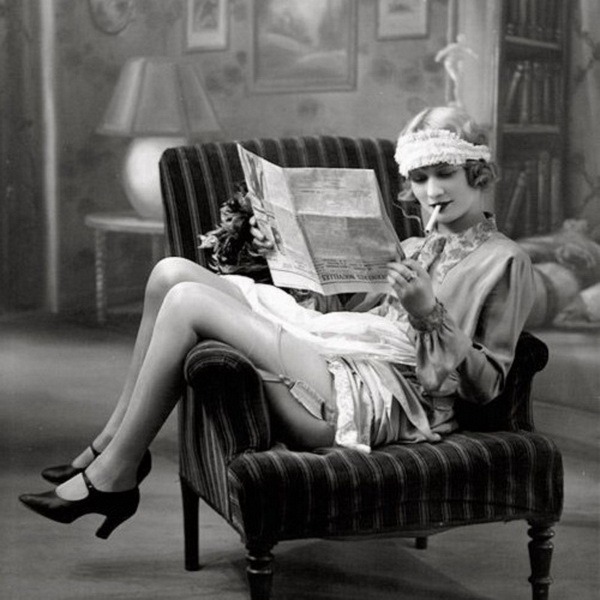
The changes in fashion, behavior, and societal expectations that flappers championed continued to influence future generations of women.

